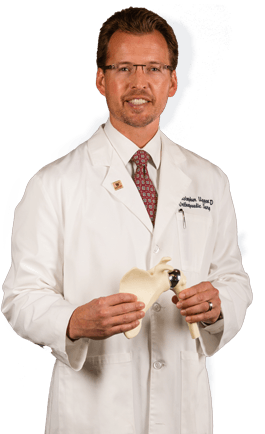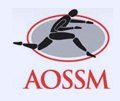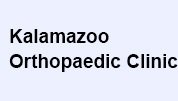Shoulder Stabilization
Shoulder instability is a chronic condition that causes frequent dislocations of the shoulder joint. A dislocation occurs when the end of the humerus (the ball portion) partially or completely dislocates from the glenoid (the socket portion) of the shoulder. A partial dislocation is referred to as a subluxation whereas a complete separation is referred to as a dislocation. The repeated dislocation of the humerus out of its socket is called chronic shoulder instability. A tear in the labrum and ligament in the front of the shoulder (Bankart lesion) or rotator cuff tear may lead to repeated shoulder dislocations.
When nonsurgical treatment such as rest, ice, medications, and physical therapy fail to relieve shoulder instability, your surgeon may recommend shoulder stabilization surgery. Shoulder stabilization surgery is done to improve stability and function to the shoulder joint and prevent recurrent dislocations. It can be performed arthroscopically, depending on your particular condition, with much smaller incisions. Arthroscopic stabilization is a surgical procedure to treat chronic instability of the shoulder joint.
Arthroscopy is a minimally invasive surgery and is performed through multiple small incisions (portals), about half-inch in length made around the joint area. Through one of the incisions, an arthroscope (small fiber-optic viewing instrument) is passed. A television camera attached to the arthroscope displays the images of the inside of the joint on the television monitor, which allows your surgeon to look at the cartilage, ligaments and the rotator cuff while performing the procedure. A sterile saline solution is pumped into the joint which expands it and gives a clearer view to the surgeon. Cartilage and bone damage and tissue tears will be identified.
Your surgeon makes use of tiny surgical instruments which are passed through the other incisions to treat the condition. Tears in the labrum and capsule will be sutured. The sutures are held in place with small anchors which are drilled into the rim of the socket (glenoid). Rotator cuff tears will also be repaired.
Following the procedure, you will wear a sling for 6 weeks to facilitate healing. Pain medications will be prescribed to keep you comfortable. A post-operative rehabilitation program including rotator cuff and shoulder blade stabilizer strengthening exercises will be advised for 6-9 months. You will be able to participate in sports about 5-6 months after the surgery.
The major benefits of arthroscopic stabilization as compared to open repair of instability are that it gives a chance to identify and treat coexisting diseases, lesser pain, and lower risk of infection.
As with any surgical procedure, there may be certain risks and complications involved and include post-operative stiffness, infection, risk of arthritis, and injury to the nerves and blood vessels.













